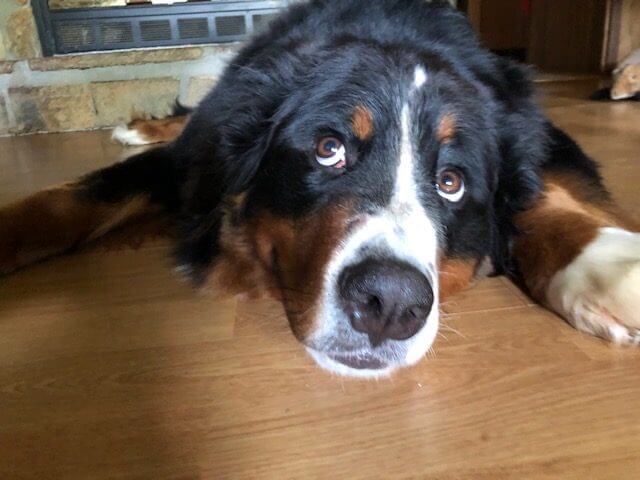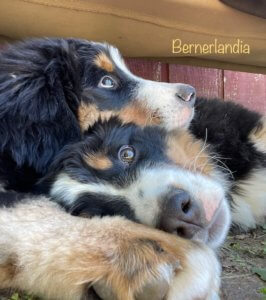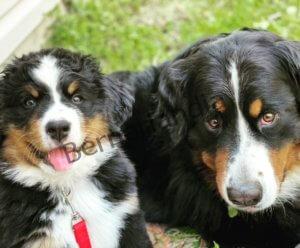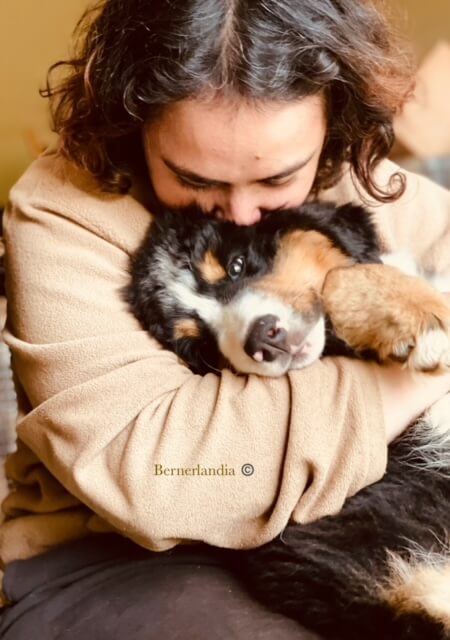To spay or not to spay? To neuter or not to neuter? Such is the question hundreds of thousands of pet owners around the world ask themselves every day.
This blog is geared towards Bernese Mountain dogs, because, well, that is what we do. In general terms however, large, giant and XL breeds are recommended to be spayed / neutered after 18 months of age at the very least. It is preferable to do so at 24 months to be on the safer side, and honestly, for us, we prefer it done at 3 years of age.
Not only do we recommend waiting as long as possible, but we also recommend doing a vasectomy for males, and a Hysterectomy or OSS or (Ovary-sparing spay) procedure in females.
But why, you may ask?
There are several medical reasons for this. If you would like to learn more behind the science and reason for this, we invite you to visit the following website:
On this website, you may also be able to find Veterinarians and specialists near you that perform these surgeries. At the time this blog was written, the vast majority of vets were not familiar with such procedures.
Back to our blog then!
In a nutshell, doing a full castration would: increase the risk of certain cancers, increase the risk of joint and ligament degeneration / disease, which in turn gives a higher risk for dysplasias of all sorts.
Let’s also learn about: Growth plates. What are growth plates then? During our younger years, and our dogs young years (yes, humans have them as well), all of ours and their bones are basically made out of play-doh.
Think of it this way, growth plates are the home of very hard working cells that help bones grow and take shape during puppy hood. Growth plates are in essence cartilage, once their specialized cells have formed a bone structure, they close and the bone becomes “set” or matured.
In large breeds the process of growth is slow. It can take a minimum of 18 months all the way to 36 months (3 years) to close, and in some cases even longer.
What does this have to do with spay / neuter then?
By removing reproductive organs, we also remove a large portion of sex hormones. Sex hormones are heavily involved in growth regulation. Once they have been removed, growth tends to get either stunted, or exaggerated. Pups tend to be small or too tall, depending on how their bodies react to the lack of growth aid.
Because growth is affected, studies have shown this impacts ligament and joint development. Berneses, as a large / giant breed, is genetically predisposed to dysplasias, and joint issues. Hence, in order to give them the best change at a life without such complications, studies have shown it is best to let them mature before being fixed.
Here is a comprehensive list of some of the health impacts neutering can have:
- Obesity
- Urinary incontinence and urinary calculi
- Immune-mediated diseases: atopic dermatitis, autoimmune hemolytic anemia, hypoadrenocorticism, diabetes mellitus, hypothyroidism, immune-mediated thrombo-cytopenia, inflammatory bowel disease
- Hip dysplasia and cranial cruciate ligament rupture
- Aggressive and fearful behavior, cognitive dysfunction syndrome
- Cancer: hemangiosarcoma, osteosarcoma, transitional cell carcinoma, prostate adenocarcinoma, lymphosarcoma








